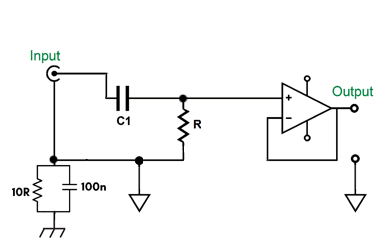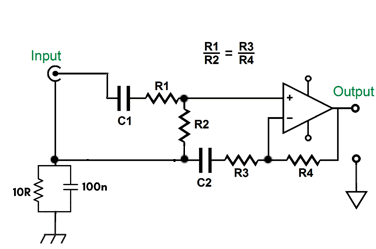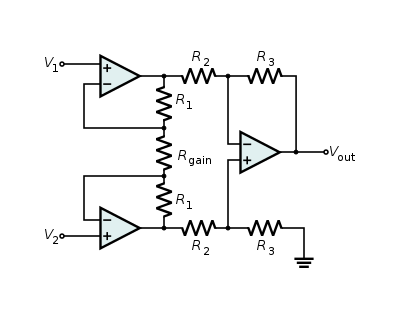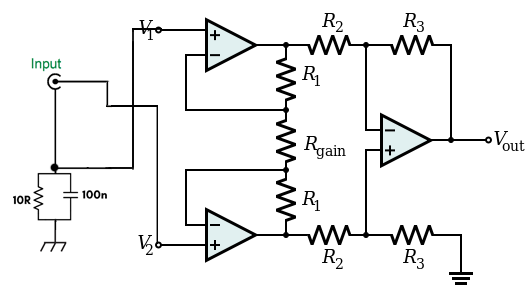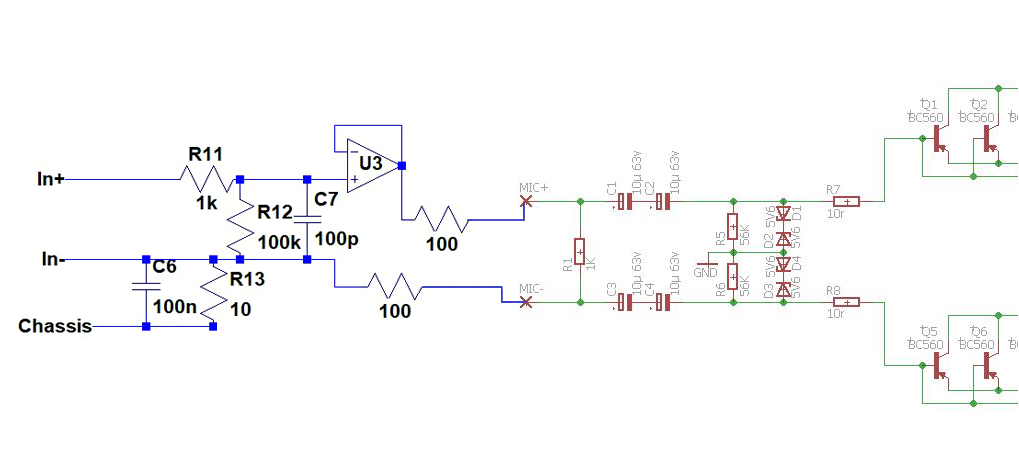saint gillis
Well-known member
Yes, sorry... And thanks for the lesson!abbey road d enfer said:Yes, the one on the right, but the symbols are not what I'm accustomed to. The triangle would be the audio reference (a.k.a. "ground" or V), the thing that looks like a rake or a broom would be chassis or earth.
What about a Hi-Z unbalanced input? Should we apply the same principle ?
